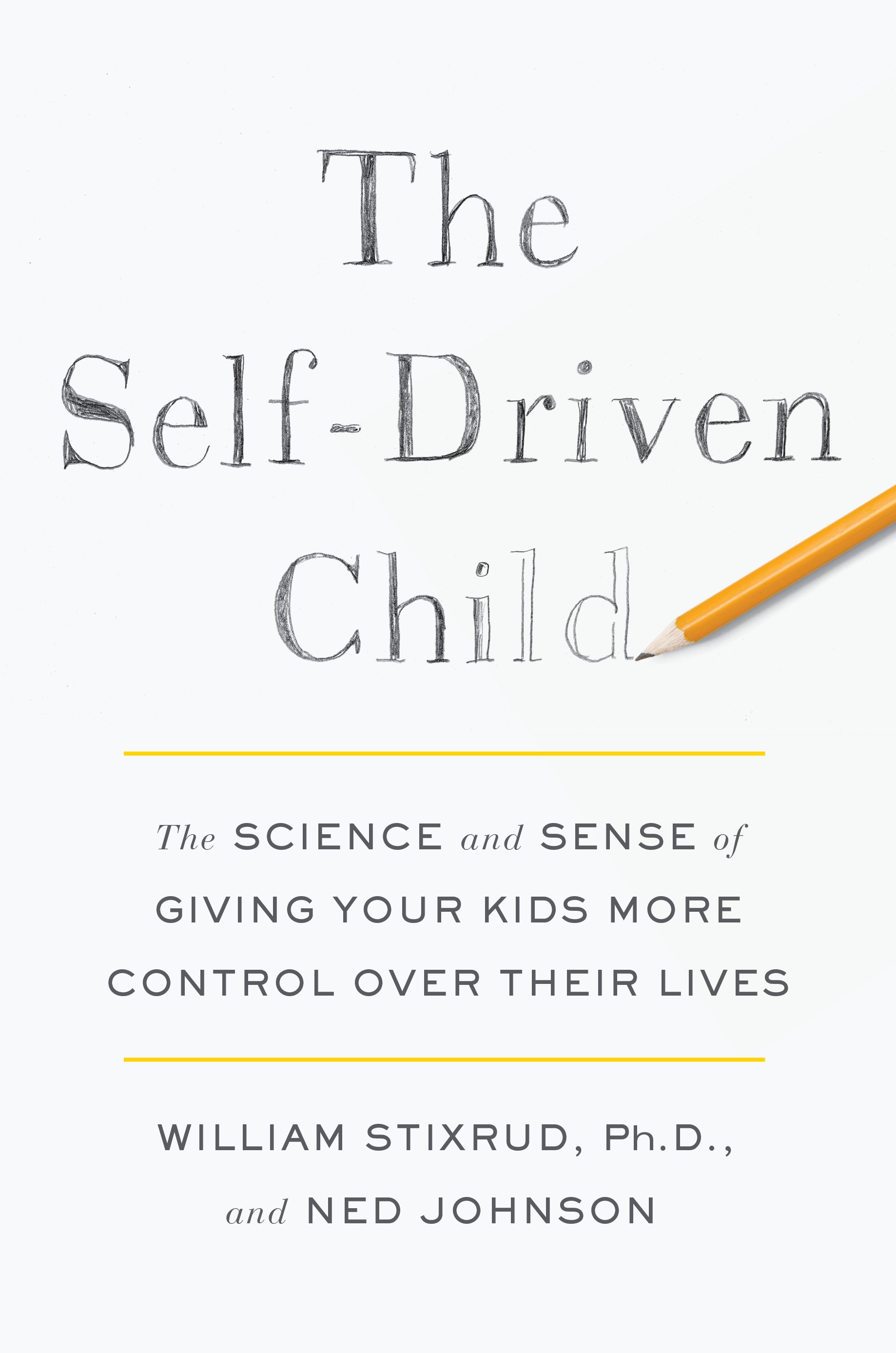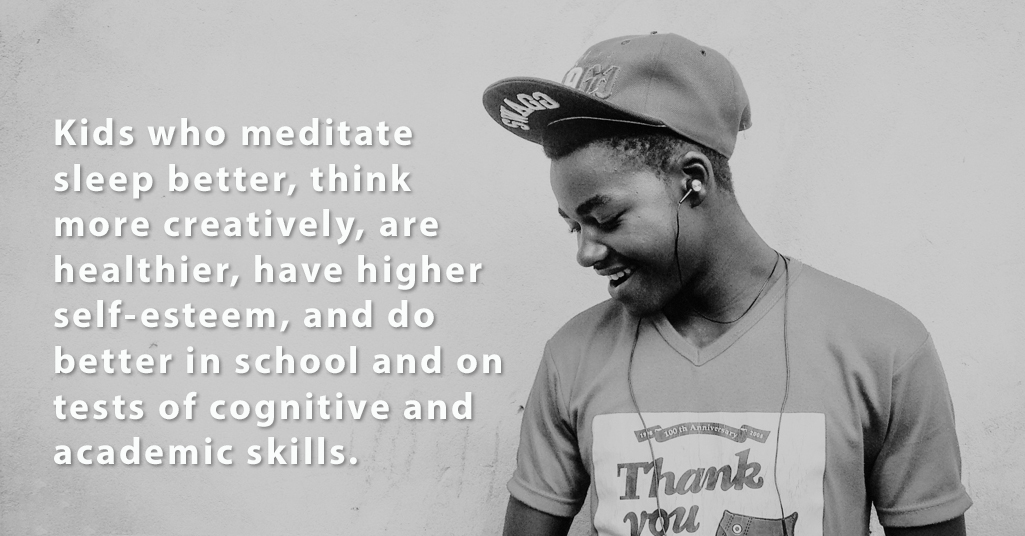 Do you ever struggle with negative thinking? If you have a harsh inner critic or get caught in worry, stress, anxiety, depression or wrestle with low self-worth, then you know some of the symptoms first hand.
Do you ever struggle with negative thinking? If you have a harsh inner critic or get caught in worry, stress, anxiety, depression or wrestle with low self-worth, then you know some of the symptoms first hand.
Negative (unhelpful) thinking patterns can have a strong and sometimes devastating impact on our relationships, our health, our work… our lives.
With the four keys listed below, and a little practice, I believe anyone can break free of negativity for good. Why do I believe that? Because if I can do it (and I have) from the dark place I used to be in, then I trust these tools will work for you too—no matter where you’re at.
INEFFECTIVE WAYS PEOPLE TRY TO STOP NEGATIVE THINKING
People often try many different ways to get rid of their negative thoughts, including distractions, diversions or ‘drowning their sorrows’ only to later mentally beat themselves up for being still stuck in their negativity. It can feel like a real internal battle. These are common strategies that attempt to stop the thoughts and numb the pain in the short term but they only make things worse in the long term. It doesn’t fix the problem at its core.
The research shows that struggling with, arguing with, trying to drown out or push away unhelpful thoughts only amplifies them and makes things worse (1).
If you are struggling with negative thinking, I can tell you from my own experience that it is possible to turn things around, cultivate inner peace, and live a rich, meaningful and fulfilling life. Read on to find out how. But first a little bit about my story.
MY STORY
I went from being a bulimic, self-hating and disillusioned person to ‘waking up’ out of the negativity that plagued me and into a sense of inner freedom, ease and wholeness I could never have imagined in my darkest days. It’s like the mind-prison that I was caged in has now become a warm, cosy and friendly home in which to dwell. My mind is a place of rest, comfort and ease.
I now spend my life teaching other people the skills and tools that turned my life around. They have worked for me and hundreds of others—and they can work for you too, if you will give it a try.
Once you understand what causes negative thinking and integrate the skills to work with your mind in new ways, you can transform your life from the inside out.
One thing before you read on: it’s important to note that if you’re looking for a quick fix this is not what I have to offer you here. This is going to take a little practice and persistence on your part, but I have a little toolkit of meditations and skills below to support and guide you along the way (and retreats if you’re ready to take the leap).
The Four Keys all work together to create mental resilience and a calm, clear mind.
KEY ONE: RECOGNISE & STEP BACK FROM NEGATIVE THOUGHT PATTERNS
Negative thought patterns are repetitive, unhelpful thoughts. They directly cause what we could describe as ‘negative’ (unwanted or unpleasant) emotions like anxiety, depression, stress, fear, unworthiness, shame etc.
Once we learn to recognise and identify negative thought patterns as they occur, we can start to step back from them. This process of stepping back from thoughts is called ‘cognitive defusion.’ In cognitive defusion we learn to see the thoughts in our head as simply that—just thoughts. Not reality. You see when we are fused with our thoughts (cognitive fusion) we tend to take our thoughts very, very seriously. We believe them. We buy into them and we obey them. We play them out.
When we are not fused with our thoughts—when we can step back into cognitive defusion, then we do not take our thoughts too seriously. We hold them lightly. We only listen to them if we find them valuable or helpful. We certainly don’t take our thoughts to be ‘the truth’ and we don’t automatically obey them or play them out. We see our thoughts as simply bits of language that pass through the mind. Mental events if you will, that move through the mind all the time just like the weather passes through the sky. We have a choice in how we choose to respond to them.
The example I like to use often to illustrate the difference between cognitive fusion and cognitive defusion is this…imagine waking up one day and looking out the window and seeing rain. It’s possible that a thought might come into your head that says “what a dreadful day”. Now is it true that the day is dreadful? No, of course not, it is simply raining. However if you believe the thought “what a dreadful day”, in other words if you are stuck in cognitive fusion (literally fused with the thought) then guess what you will probably have? That’s right, you will probably have a dreadful day! In other words if you believe a thought like that, it can generate what we might call negativity.
Below I will teach you a simple and powerful tool to create cognitive defusion (untangling from thoughts) easily and quickly – but first of all, there is something that is important for you to know…
It’s completely normal to have negative thoughts! It’s part of our evolutionary history. There is nothing wrong with you. We all have minds that have evolved to be constantly on the lookout for problems and dangers, so most of us have minds prone to have many negative thoughts.
The problem is not that we have negative thoughts. The problem comes when we believe our thoughts are true. When you are no longer entangled in thoughts they lose their grip on you and lose their power to generate unpleasant emotions.
Let’s go back to the example above. Imagine you’re laying in bed in the morning, you look out the window and you see that it’s raining and once again the thought arises “what a dreadful day”. If you are not fused with the thought (you don’t buy into it) then your experience would be like this. You’re watching the rain falling, then you also watch the thought (as simply a mental event) “what a dreadful day” arise and fall away just like the rain is falling…and since you don’t take it seriously or believe it, it generates no negativity, passes by easily and you’re free to lay there relaxed and at ease, enjoying the pitter patter of the rain on the roof.
As you can see, the ability to recognise unhelpful thinking and step back from it is incredibly liberating! It can change the quality of your whole day and indeed your whole life. It has mine.
 It’s important to be able to recognise the kinds of unhelpful thinking styles that can arise, so here are some other negative thinking patterns that are most common. Be on the lookout for them, and below, I’ll show you what to do when they arrive…
It’s important to be able to recognise the kinds of unhelpful thinking styles that can arise, so here are some other negative thinking patterns that are most common. Be on the lookout for them, and below, I’ll show you what to do when they arrive…
ANXIOUS THOUGHTS AND WORRY
“My life has been full of terrible misfortunes, most of which never happened”. ~ Michel de Montaigne
Worry is when the mind projects into an imagined future and conjures up scenes and thoughts about what could go wrong. Here it often creates ‘what if’ scenarios.
Sometimes it takes the form of imagining or expecting that bad things will happen or that nothing good will ever happen for you. You might fret about your health deteriorating, your relationship going downhill, your car breaking down or your career being ruined—even though nothing has actually happened yet.
You might focus on the lack in your life and believe that nothing will ever get better for you. Stress related to your financial future, the welfare of your children or your partner leaving you fit into this category.
CRITICISM AND SELF-BEATING
Do you have a harsh inner critic? Are you always trying to whip yourself into shape, mentally beating yourself up for not being good enough yet? Are you on a perfection mission? Another pattern of negative thought is to constantly criticise and ‘self improve’ because you’re not good enough yet. You may be very harsh on yourself, focusing in on all of your weaknesses and perceived flaws.
Likewise, you may extend this habit of criticism to others in your life. This can be the cause of tremendous strain on relationships. Negative self-talk and self-criticism often results in low self-esteem and a lack of confidence.
One way some people cope with low self-esteem is to compensate for these feelings by attaining status, achievements and recognition. Others may feel completely debilitated by feelings of unworthiness, becoming depressed or even suicidal.
There is nothing wrong with having goals and aiming to get fitter or healthier and the like—we can simply choose to do those because they are good for us or we want to stretch and grow. It’s a very different headspace to be doing those things because we don’t feel like we’re enough yet.
When the mind continuously hones in on what is wrong with yourself (and your life) and disassociates from what is going well and is good, we can become stuck in negativity.
REGRET AND GUILT
Ruminating on mistakes made in the past often creates feelings of shame, guilt and negativity. Feelings of worthlessness may arise when you play over and over in your mind, ‘bad’ choices or ‘wrong’ actions you feel you have made.
There is nothing ‘negative’ per se’ about simply reflecting on past experiences. This is how we can learn, grow and mature as people. Negativity arises when you dwell on a situation repeatedly with no real intention to learn and grow–but instead you are self-beating or wishing things were different instead of being accepting of things as they are.
PROBLEMS
Negative thoughts often revolve around what’s wrong with your life. Your attention becomes fixated on, and exaggerates the so called negative aspects of your life. Here your mind will often downplay what is going well.
For example, you may have a wonderful family, food to eat and shelter, but your car breaks down and it’s all you can think about and focus on all week long. You allow the situation with the car to dominate your thinking and negative emotions arise as a result.
All week you are frustrated, angry and depressed because of the car when your focus could be expanded to what is going well and what you’re grateful for.
The truth is that the car has a problem. It is no longer running and needs to be taken to the mechanic. That’s a simple fact. Ruminating continuously on the situation is not constructive at all and is another way we can get trapped in negativity.
If you have this habit of lamenting over your sorrows and problems you may constantly feel frustrated, anxious, depressed and apathetic. When you’re so absorbed in what’s wrong, you’re unable to notice what’s right.
Looking out for and recognising these common negative thinking patterns when they arise will help you be aware of when to use the tools below to work with them skillfully and break free from their grip.
GETTING UNSTUCK: THE ‘NAME IT TO TAME IT’ TECHNIQUE
People trapped in negative thinking often tell me they feel hopeless because they often wrestle or argue with the thoughts or push them away, but the research shows that trying to struggle with thoughts in these ways just amplifies them (1) as you may have noticed in your own life. What you resist persists.
So how do you move through life in a way that is practical, peaceful and authentic without getting stuck in negative thought patterns?
Here is the first step. It’s a very powerful, simple, tried and tested technique for untangling from thoughts without struggling with them. It’s called the ‘name it to tame it’ technique.
‘Name it to tame it’ is a phrase coined by author and psychiatrist Dr. Daniel Siegel. Here’s the basics of how ‘name it to tame it’ works:
When an unhelpful thought pattern (and the associated emotion) arises you simply mentally ‘label’ the story. You’ve probably noticed many of our thoughts are repetitive and involve the same story lines. For instance one of my stories often is, “Who am I to be putting myself ‘out there’ teaching mindfulness. Aren’t you supposed to be perfect first!? Have it all totally together?!” I find this story unhelpful so when thoughts come up along that storyline, I simply mentally note to myself, “Ahhhh the ‘who do you think you are’ story is here again” and then I let it go.
By ‘let it go’ I simply mean, I stop giving it all my attention and stop taking it so seriously. I realise it’s just a thought, not reality, then I open my awareness to the world around me again—the birds in the trees, the sounds, the breeze. I get out of my head and into my life (more on this in key two)
As soon as you name the mental story or pattern, you have now stepped back from being caught up in it. In other words you have initiated cognitive defusion. From a neuroscience perspective, when you name the thoughts you stop being hijacked by them from the negativity they create (2) because you bring the smartest part of your brain online (the frontal cortex). The frontal cortex is reflective and helps you step back and get a greater perspective. You can do the same thing with emotions, naming them to tame them like “ahhh anxiety is here” or “oh shame has arrived”.
When naming or labelling your thoughts or emotions, one important tip. Make sure when you mentally label, to do it in a soothing, kind tone of voice. This is important as it helps you to settle and invite compassion and soothing into that moment instead of aggression or struggle. We’re not going to battle with the mind here. We are gently training it into new neural pathways of peace and ease. At a biological level, when you ‘name it to tame it’ in a soothing voice you even get a squirt of soothing neurotransmitters in the brain! This brings feelings of calm and ease and comfort (3).
KEY TWO: COMING TO YOUR SENSES
“Let us not look back in anger or forward in fear, but around in awareness.” ~ James Thurber
Notice that many negative thoughts mostly flow from two directions. The first is dwelling on the past—maybe you ruminate over mistakes, problems, guilt and anything in your life that’s did not go the way you believe it should have gone. The second is worrying about the future—fear of what may or may not happen for yourself, others or the planet.
This may take the form of stress over whether or not you will achieve certain goals or anxiety about the security of your finances or relationships. Or perhaps you may worry about getting old. Whatever your particular negative thoughts are, notice that in order to engage in negative thought patterns the mind needs to cast its focus mostly into past or future. Either that or we judge and mentally label things in the present moment to be ‘bad’.
When lost in negative thinking we tend to be so engrossed in thoughts that we completely lose touch with what is actually happening in the present moments of our lives. We miss the little pleasures of living each day. The sunlight on your skin, the taste of the food we’re eating, a real connection with someone we love while they are talking. When we’re lost on our heads we lose touch with the world around us….and we lose touch with ourselves.
To become more present, and able to step out of negative thinking, one powerful method is to ‘come to your senses’. To do this simply redirect your attention out of the thoughts in your head and bring your focus to your sense perceptions.
Whether you’re in your home, at the office, in the park or on a subway, notice everything around you. Use your senses to their fullest. Don’t get into a mental dialogue about the things you see, just be aware of what you’re experiencing in this moment.
Be aware of the sounds, the scents, the sensation of the air on your skin or the contact points with the seat beneath you. Be there fully in the moment. This is a form of mindfulness practice (more about this below).
Research from Prof. Mark Williams from Oxford University showed that when difficulties arise in life many of us tend to get caught up in excessive unhelpful thinking. Sometimes people try to stop constant unhelpful thinking but we don’t have to try to stop our thoughts. A more effective way to ease all that internal noise, Prof. Williams teaches, is to pay attention to our direct sensory experience. In this way there’s simply little to no room left in our attention for all that excessive thinking. Coming to our senses calms the mind and grounds us in the present moment.
Now, it’s not that we’re aiming to live completely immersed in our senses all the time. It’s appropriate to think when it’s useful of course. But we can use this awareness of our senses to ground and centre us in a greater awareness when when we find ourselves caught up in negative thinking.
It is actually almost impossible to be both deeply present in the moment in our senses and keep the negativity going! Try it out as an experiment and find out for yourself to see whether this is true.
KEY THREE: REGULAR MINDFULNESS PRACTICE
At the core of each one of us is a space that knows deep peace. As we grow up, we tend to get more and more drawn into the mind – our problems, our goals, our hopes, our fears and desires. We tend to get so busy, caught up and lose touch with this deeper sense of self…this pure unconditioned awareness.
It becomes easy for us to get more drawn into negative thinking the more we lose touch with ourselves in this way and lose ourselves in the mind. In fact research from Harvard University shows that most people are ‘mind wandering’ 47% of their day and this is the root of what causes cognitive fusion (entanglement with thoughts) (4).
Imagine the ocean. Sometimes the surface waves can be tumultuous but the depths are unaffected, calm and peaceful. Our minds have the same nature. There is a perfect stillness in each of us. Just beneath our conditioning, thoughts and habits which can sometimes also be tumultuous, there is a quiet place inside and it is always available to us as a calm refuge.
Mindfulness is the practice of waking up to that wellspring of wholeness and peace. It’s waking up out of mind wandering (where we are lost in our heads, our old beliefs, habits, reactions and thinking patterns) so that we are able to live deliberately. Through mindfulness we build our capacity to live from that deeper awareness and tame the mind.
Regular mindfulness meditation has been shown to decrease stress, depression and anxiety as well as improving immune function. People who practice meditation report overall levels of satisfaction with life higher than others. In fact, researcher and psychologist Matt Killingsworth found that what makes people most happy is being fully present in the moment and that the more our minds wander the more unhappy we become (5). There is so much power in this simple practice.
By practicing daily mindfulness meditation you will gradually cultivate more awareness and be less caught up in your mind. I have provided a free meditation below that you can download and start practicing with but the best place to start is by the 7 Days of Mindfulness Course that you can take for free here.
Four Ways You’re Strengthening Your Mind When You Practice Meditation:
Each time your mind wanders in meditation, your task is to notice it and then detach from your thought stream and come back to your senses, in the moment. This is a practice of untangling from thoughts over and over again, a habit which translates in the rest of your life too. It becomes a habit to notice and let go with ease.
Each time you let go of the thought stream and come back into the present moment you tap into the stillness and wholeness at the heart of who you are. A sense of peace, lightness and joy arises more and more with each time you practice.
Each time you are kind and gentle with yourself when your mind wanders, instead of criticising yourself, you are strengthening your self-compassion for challenging moments in the rest of your daily life. You become more resilient to stress and cultivate a kinder mind.
Each time you observe the mind that is an opportunity for ‘insight’ into your mind’s habits and patterns so you grown in what we might call wisdom or self-awareness.
KEY FOUR: HELPFUL QUESTIONS FOR UNHELPFUL THOUGHTS
 Some kinds of negative thinking patterns can be quite ‘sticky’. You may find that you try to ‘name it to tame it’ and come back to your senses but the thoughts continue to have a grip on you. If you find yourself in this position there are some further tools you can use to untangle from your thoughts and change your focus. These are called the helpful questions for unhelpful thoughts. These are drawn from ACT (acceptance and commitment therapy).
Some kinds of negative thinking patterns can be quite ‘sticky’. You may find that you try to ‘name it to tame it’ and come back to your senses but the thoughts continue to have a grip on you. If you find yourself in this position there are some further tools you can use to untangle from your thoughts and change your focus. These are called the helpful questions for unhelpful thoughts. These are drawn from ACT (acceptance and commitment therapy).
You can use some of these questions to mentally question negative thoughts and use others to change your focus.
Here are some questions you can ask yourself to help you untangle from the thought. You ask them and then you can answer them in your head. Usually you would just pick one of these at any given time.
- Is this thought in any way useful or helpful?
- Is it true? (Can I absolutely know that it’s true)
- Is this just an old story that my mind is playing out of habit?
- Does this thought help me take effective action?
- Is this though helpful or is my mind just babbling on?
Then you can (mentally) ask these questions below to create new focus and new possibilities. These questions will help you focus on constructive thoughts and actions and help you effectively face your day-to-day challenges and move towards living a more meaningful life. Again, you may only use of of these at a time but you could always try more than one too.
- What is the truth? My deepest truth?
- What do I really want to feel or create in the situation? How can I move towards that?
- How can I make the best of this situation?
- Who would I be without this negative thought?
- What new story or thought can I focus on now?
- How can I see this in a different or new way?
- What can I be grateful for in this moment?
With these powerful questions you can change your focus from being stuck in negativity to being focused on what’s going well. They will also help you take constructive action and move towards living a more meaningful life.
Constructive thinking allows you to be happy when things are going good, and puts problems in perspective when times get tough so you can stay calm and clear headed and deal with them in a practical efficient way.
PRACTICING THE FOUR KEYS
As mentioned above, the four keys are not a ‘quick fix’ method for creating permanent change of long standing patterns. True change takes time but I promise you with a bit of patience and practice these four keys have the capacity to truly change your world from the inside out.
Now at the same time as I say these are not a quick permanent fix, you will find that in any given moment of negativity, these tools (especially ‘name it to tame it’ and the helpful questions) can assist you to immediately untangle and change your mindset.
The more you practice these tools, the more they will become like second nature to you. It’s like building a muscle—the more you use them, you become mentally fitter and stronger. In time the old habits are worn away and rather than being preoccupied with negativity, you’ll become more calm, centred and self-aware, leading to better relationships, greater overall happiness and a sense that your life is being fully lived.
As time goes on you’ll become more and more like those ocean depths, less affected by the ripples on the surface and more connected to the peace and wholeness at the heart of who you are.
I hope this blog is helpful to you. If you have any questions or need clarification of any point here please jot them down in the comments section below. I’m always happy to help you.
P.S. If you enjoyed this post you may also find the post on How to Use Mindfulness to Overcome Negative Emotions helpful or The Mindful Way Through Loss and Heartbreak. A 4-Step Process and Free Meditation.
P.P.S. Here is a meditation you can use for overcoming negative thinking that incorporates some of the keys above. This is one of many meditations I have recorded for the Meditation Studio app (my favourite meditation app) – you can find more of their high quality meditations available here.
Download Audio Now
(1) Thought Suppression
(2) Dr. Dan Siegel: If You Can Name it, You Can Tame it
(3) Dr. Dan Siegel Video: Name it to Tame it
(4) Wandering Mind Not a Happy Mind
(5) Want to Be Happier? Stay in the Moment
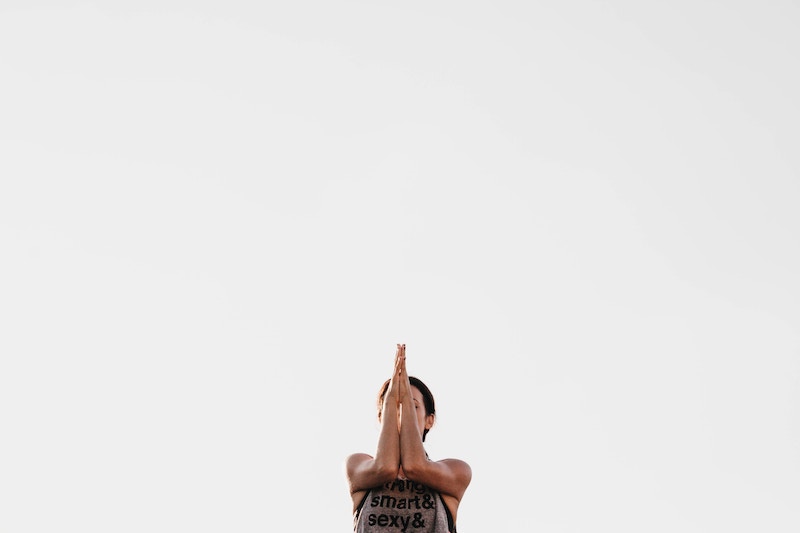




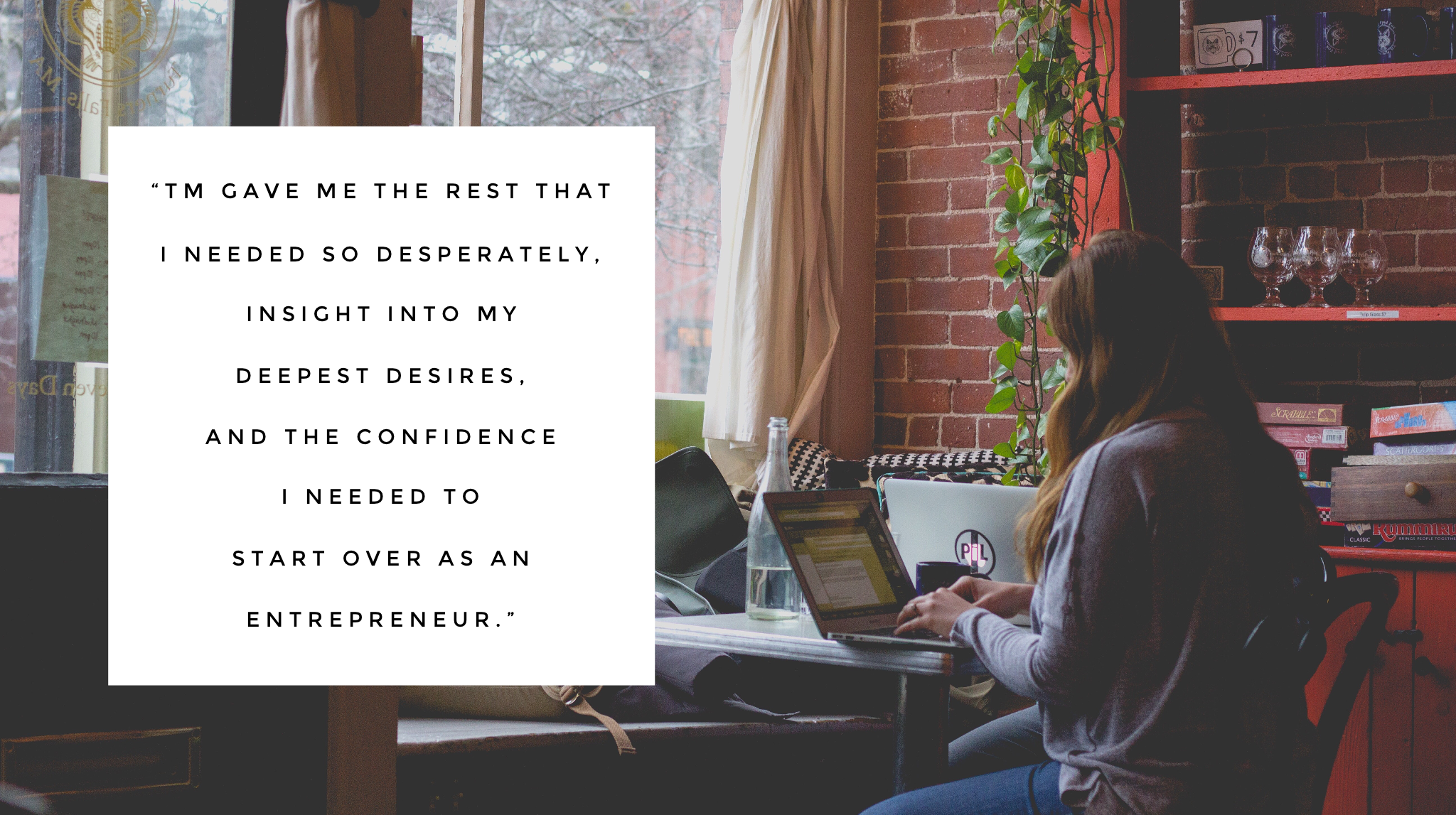







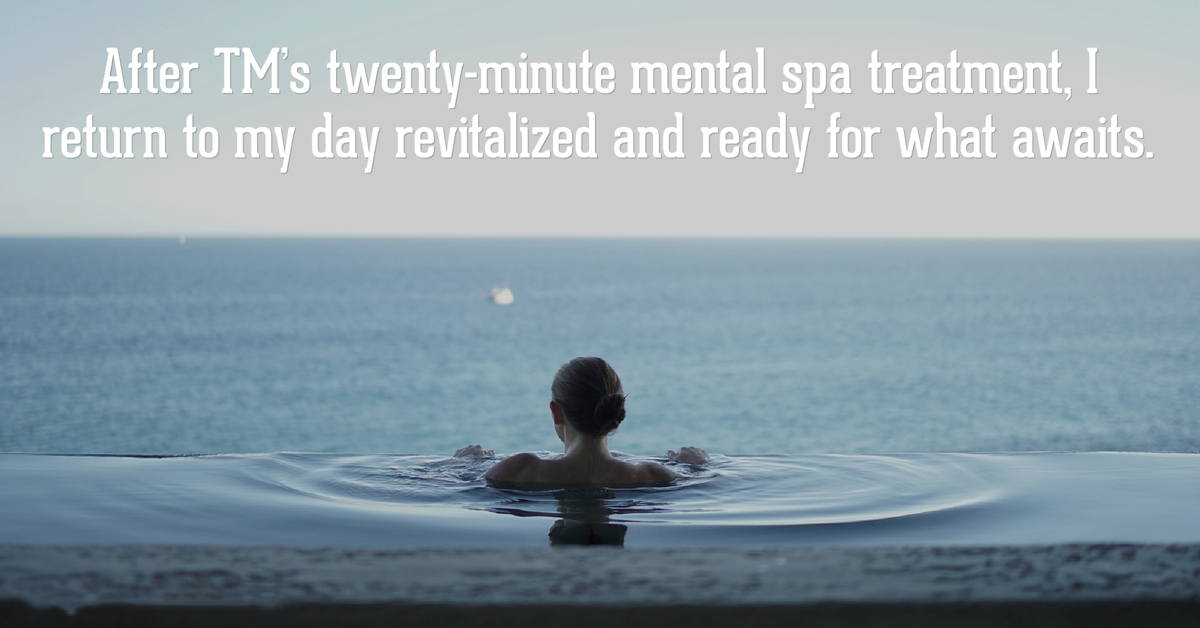

 It’s important to be able to recognise the kinds of unhelpful thinking styles that can arise, so here are some other negative thinking patterns that are most common. Be on the lookout for them, and below, I’ll show you what to do when they arrive…
It’s important to be able to recognise the kinds of unhelpful thinking styles that can arise, so here are some other negative thinking patterns that are most common. Be on the lookout for them, and below, I’ll show you what to do when they arrive… Some kinds of negative thinking patterns can be quite ‘sticky’. You may find that you try to ‘name it to tame it’ and come back to your senses but the thoughts continue to have a grip on you. If you find yourself in this position there are some further tools you can use to untangle from your thoughts and change your focus. These are called the helpful questions for unhelpful thoughts. These are drawn from ACT (acceptance and commitment therapy).
Some kinds of negative thinking patterns can be quite ‘sticky’. You may find that you try to ‘name it to tame it’ and come back to your senses but the thoughts continue to have a grip on you. If you find yourself in this position there are some further tools you can use to untangle from your thoughts and change your focus. These are called the helpful questions for unhelpful thoughts. These are drawn from ACT (acceptance and commitment therapy).